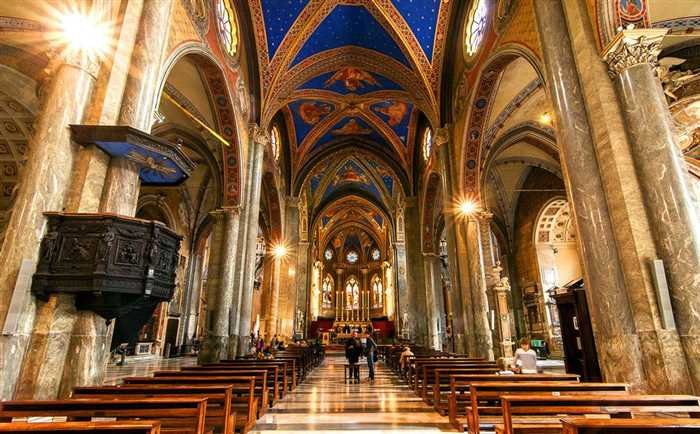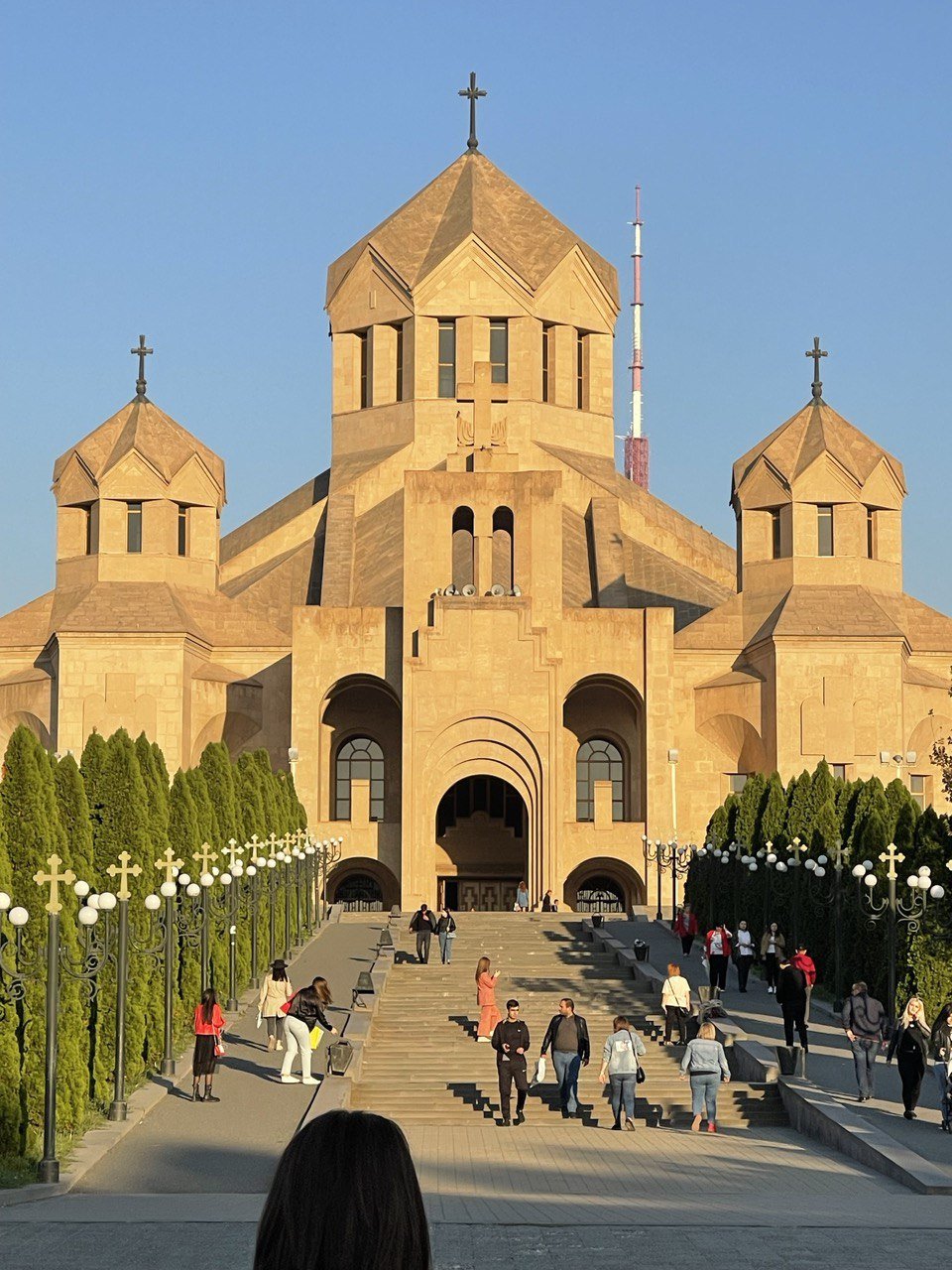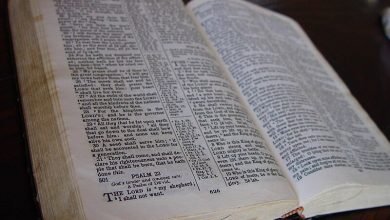
Summary of the book History of Christianity in Iran (Chapter 4)
Kirkuk massacres
In 438, Yazdgerd II succeeded his father Bahram. He tolerated the Christians in the early part of his reign. But in the eighth year of his rule, for unknown reasons, he started oppressing Christians. Labor believes that his atrocities were not politically motivated, but rather religious bigotry that motivated him to hurt Christians.
The peak of these persecutions is on August 24 and 25, 446. During these days, Christians from several Iranian states were called to the city of Kirkah (modern Kirkuk). Among them were several bishops, church officials, and members of prominent families. All of them were killed in these two days and accepted their martyrdom with courage.
Among the martyrs, there was a Christian lady named Shirin and her two sons. Their bravery during their martyrdom so shocked the officer overseeing the massacre that he also declared himself a Christian, so he was executed a few weeks later. Another martyr whose name shines among the martyrs of this period is a person named Pethion. He was an active evangelist in the western regions of Iran (Mad region) and as a result of his evangelistic activities, many nobles and high officials became Christians. .
Petion was imprisoned and after many tortures, he was beheaded. This persecution spread to Jews and Armenians and it was so hard that the remaining Christians in these areas commemorate the anniversary of this massacre year after year.
The final separation from the Western Church
The culmination of disagreements peaked when “Nestorius”, the bishop of Constantinople, declared that it is not correct to use the title “bearer of God” for Mary, the mother of Jesus, and she should be called “bearer of Christ”. Cyril, Patriarch of Alexandria and his following bishops protested that with this title, Nestorius considered Mary only the mother of the human nature of Christ and thus, attributed two personalities to Christ. Nestorius also believed that by using the term “bearer of God” (or in Latin, “mother of God”), we attribute a human mother to God.
But in 486, another council was held under the chairmanship of Acacius, after which the Church of Iran was completely separated from the Church of the West. In this council, two important points were approved: 1) Nestorius’ beliefs were accepted as the official belief of the Church of the Sassanid Empire. 2) The marriage of priests and bishops was allowed.

Complete translation of the New Testament into Syriac
Before 431, the four Bibles and the rest of the New Testament books were translated from Greek into Syriac. This Syriac translation is called “Peshita”.
The establishment of theological school in Nasibin, Iran
In 489, the school of Edessa was closed due to the promotion of Nestorian ideas, by order of the Byzantine emperor, and its students sought refuge in the Nestorian Church of Iran. Barsouma, along with Narsai (Nersi or Nerses), the principal of Edsa school, accepted them and opened a school in Nasibin (which was in Sassanid territory) for them and other volunteers.
After acquiring knowledge in theological sciences, especially the interpretation of the Bible, these students were assigned to church services. This caused the Iranian church to be scientifically strengthened on the one hand, and Nestorian beliefs to be strengthened in this church on the other hand.
Morality
Studying the events and developments of the Iranian church in this period is impressive and regrettable from the point of view of the morals of the Bible. The differences and rivalries of leaders with each other, virtuous leaders like Barsooma, represent the spiritual and moral situation of the Iranian church. Barsooma is directly or indirectly responsible for the martyrdom of Babouye.
In the case of Babouye, who was martyred in the path of his faith, there have been reports that indicate his love of money and undisciplined behavior. For many church officials, church service was apparently a means to satisfy their sense of ambition. We see such a spirit and secretary not only among the leaders of the Iranian church in this period, but among the leaders of the churches everywhere and in all eras.
Whenever and wherever the church stops looking at Christ as Lord and serving Him out of love for Him, such events will surely happen. Although such a spirit is always seen among some church leaders, there have always been leaders who have promoted God’s work with piety and piety. And more importantly, in such dark periods of church history, there has always been a “remnant” who “have not bowed the knee to Baal” (Romans 11:5-4); There have always been those who did not impure their clothes (Revelation 3:4).
theology
It is not difficult to understand that the Church of Iran had to cut off its relationship with the Western Church. This connection has always caused the suffering and persecution of the Iranian Church. In addition, it is surprising that the Iranian Church has never formed specific beliefs independently.
It is as if the church leaders of the Sasanian Empire did not have a special theological opinion and the principles of their beliefs were always imported from the West. Let’s not forget that the Nicene Creed was accepted by the leaders of the Iranian church when about a hundred years had passed since its approval, and that was due to the efforts of Western Maruta! The ideas of Nestorius were also imported from the west and were not invented by the Iranian church.
Today in the article : Ali Vahidi: Summary of the book History of Christianity in Iran (Chapter 4) We reviewed useful information about the Bible and the way of Jesus. If you wish, you can view other articles of Ali Vahidi about Christianity





